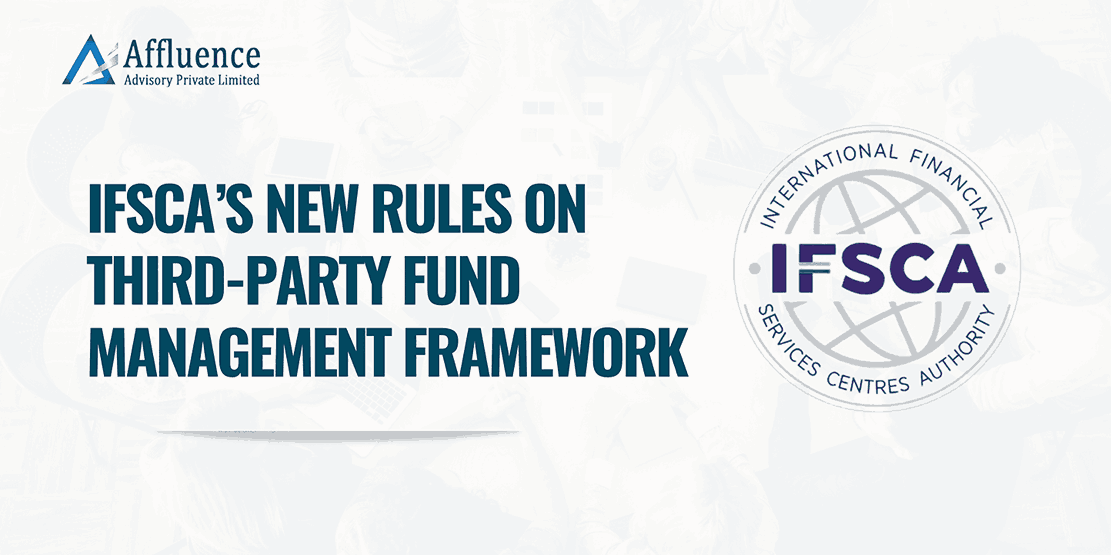Introduction:
With the recent changes given by the regulators on the Fixed Income side with reference to Banks, this article is an impact study of the same on the Fixed Income portfolio. The entire portfolio is classified into three segments as has been historically:
- HTM (Held Till Maturity)- Banks hold such portfolios till maturity
- AFS (Available For Sale): Banks are allowed to sell such portfolios during the period as guided by the Asset Liability Management Strategy
- HFT (Held For Trading)- Banks are allowed to trade actively
Changes:
The regulation with regards to the limit that Banks could hold only 23% of Net Demand and Time Liability as the HTM category has been reversed. Also, Corporate Bonds can be categorized and bucketed in the HTM category. The 90-day limit with respect to the HFT portfolio has been removed. However, the one-time re-classification of the portfolio at the beginning of the financial year is not allowed freely anymore (can be done with special approval of the board and DoS)
The approach to valuation stands at:
- HTM portfolio to be valued at its acquisition cost. There is no requirement of Mark to Market while Premiums and Discounts are to be amortized.
- AFS portfolio is to be valued at fair value. In this case, however, Premiums and Discounts are to be amortized.
- HFT portfolio has to be Valued at fair Value. In this case, also, Premiums and Discounts are to be amortized.
The changes in accounting methodology include:
For an AFS portfolio, Banks are required to create an AFS reserve in the Capital Account and MTM Gain/Loss would be adjusted against the said reserve. Thus, there will be no impact on the Profit and Loss account for the quarter. With reference to the HFT portfolio, both MTM losses and gains can be taken to Profit and Loss directly as opposed to the earlier situation wherein only losses were taken.
Disclosures:
- Mention in the notes to account for 5% of sales from HTM holding
- After FY 2026 Banks will have to disclose the book value and the fair value of the entire book.
The likely impact of the above changes include but are not limited to:
Since corporate bonds can be categorized under the HTM category the demand for corporate bonds may increase as they provide an extra return if held till maturity
Banks have more liberty to add to HTM portfolios when there are lucrative yield levels as the limits have been taken off
In a flat curve scenario, the demand for short-duration bonds will increase with the likelihood of the addition of shorter-duration bonds in the HTM portfolio. In a steep curve scenario, the demand for longer-dated securities is likely to increase
Demand for illiquid G-Secs may become better on the back of higher yields
Symmetric accounting of Bond and OIS will initiate banks toward FRA and Bond-OIS trades. If there is a loss in underlying Bond and a loss in OIS trade the impact of both affects the Profit and Account. However, if there is a gain in the underlying bond and a loss in OIS trade only the loss in OIS will impact P & L account unless the underlying bond is sold. Under the new way, MTM gains will hit P&L and banks need not worry about selling bonds to realize gains.
Disclaimer: This article provides general information existing at the time of preparation and we take no responsibility to update it with the subsequent changes in the law. The article is intended as a news update and Affluence Advisory neither assumes nor accepts any responsibility for any loss arising to any person acting or refraining from acting as a result of any material contained in this article. It is recommended that professional advice be taken based on specific facts and circumstances. This article does not substitute the need to refer to the original pronouncement
CLICK HERE TO DOWNLOAD PDF











